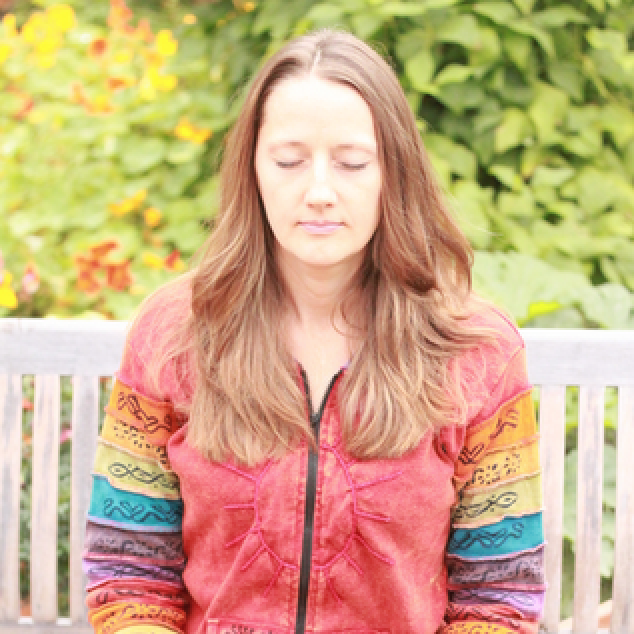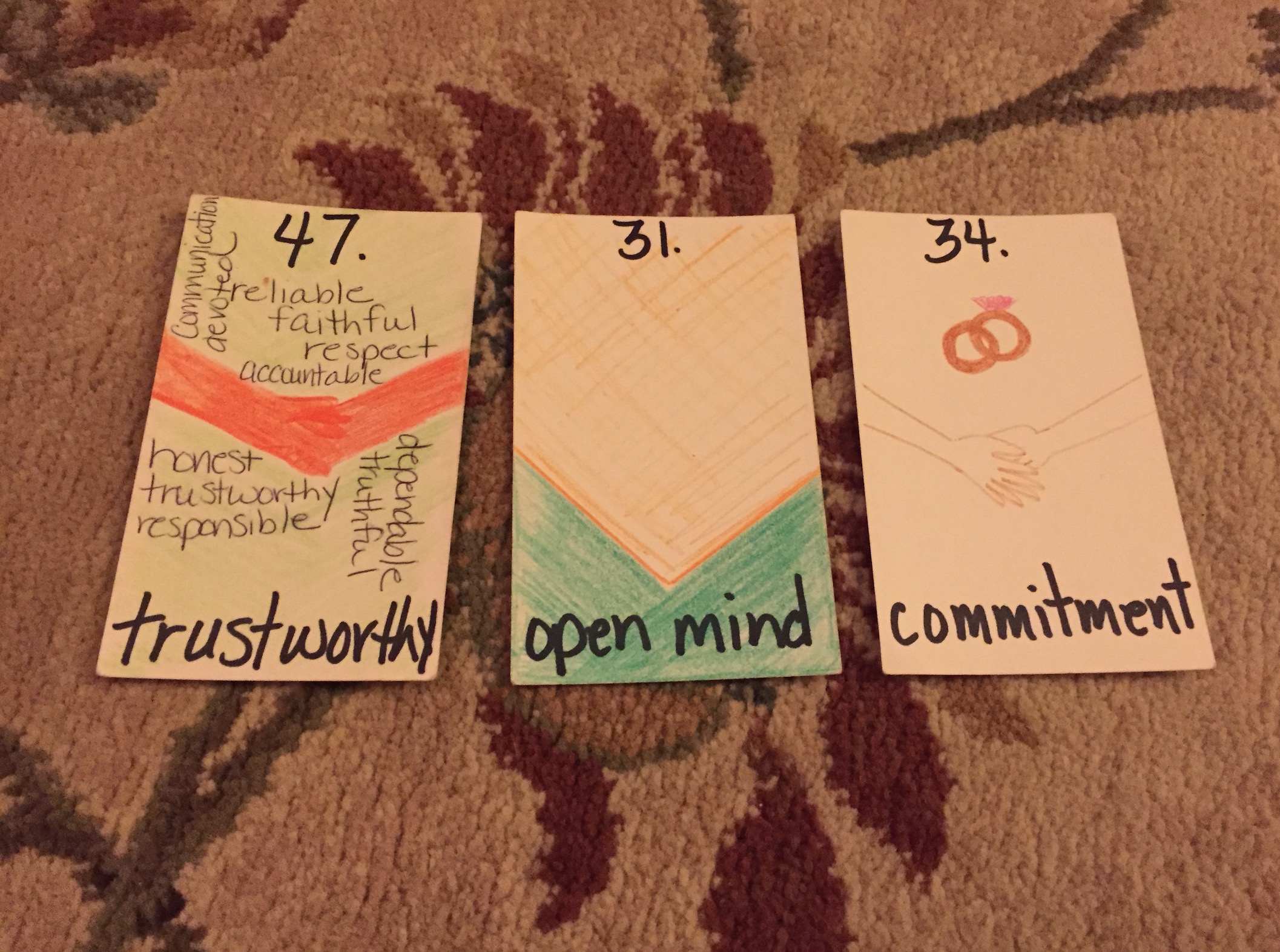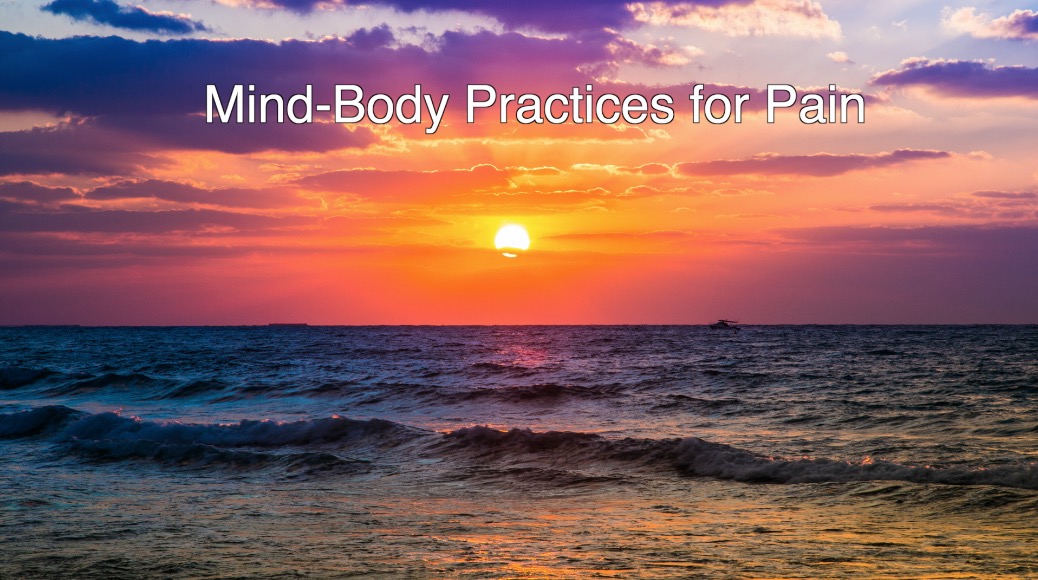
The Power of Meditation
“The Power of Meditation: This practice of focused attention can reduce pain and stress while enhancing health and healing”
This article was originally published on ADVANCE for OT Practitioners October 1, 2015 by Emmy Vadnais, OTR/L
Meditation is the practice of focused attention that can help calm the mind and body, returning it to a homeostatic balance. It can regulate emotions, lower pain and stress, ease depression and insomnia, create clearer awareness and insight, improve spirituality, compassion, and quality of life, and has many health benefits.
Modern science has caught up to what Eastern philosophies and many spiritual traditions have known and practiced for thousands of years.1 A nationwide survey found that there is widespread use of meditation and other mind-body practices. Meditation is growing in popularity and nearly 20% of Americans practice it — 18 million adults and 927,000 children.2
Meditation can enhance functioning of activities of daily living and is its own form of an ADL. Just like brushing our teeth or any other personal care activity, meditation can be performed daily to enhance health, wellness, recovery, and prevention. Health care practitioners would greatly benefit from practicing meditation regularly to experience the benefits and for their own self care, and to gain experiential knowledge so they can share meditation with their clients.
Epidemic of Pain and Stress
Pain affects more Americans than diabetes, heart disease, and cancer combined. It is the most common reason Americans access the health care system, is a leading cause of disability, and is a major contributor to health care costs. Of the 9.4 million Americans who take opioids for long-term pain, 2.1 million are estimated by the National Institutes of Health to be hooked and are in danger of turning to the black market. Four out of five heroin addicts say they came to the drug from prescription painkillers.
The more stress a person experiences, the more pain they may have. A 2010 Stress in America survey found that nearly 75% of Americans said that their stress levels are so high that they feel unhealthy. A summary by the American Psychological Association stated that the survey showed that Americans appear to be caught in a vicious cycle in which they manage stress in unhealthy ways, and lack of willpower and time constraints impede their ability to make lifestyle or behavioral changes. Parents underestimate how much stress their children experience and the impact their own stress has on their children. Children as young as 8 are reporting that they experience physical and emotional health consequences often associated with stress.3
Meditation Benefits
While there are several types of meditation, the common feature seems to be that it can induce the “relaxation response,” coined by Herb Benson, MD, director emeritus of the Benson-Henry Institute (BHI) at Massachusetts General Hospital, and professor of medicine at Harvard Medical School.
Based on research of long-time meditators and those able to positively alter their physiology and mental states, he created the Benson-Henry Protocol on how to induce the relaxation response and improve genetic expression to prevent and heal from disease. Benson states that over 60% of doctors’ visits are in the mind-body stress-related realm that are poorly treated by drugs and surgeries.4
Physically, meditation can lower pain, brainwave activity, heart rate, blood pressure, breath rate, metabolism, and musculoskeletal tension, elicit changes in gene activity that are the opposite of those associated with stress, improve the immune system, and expedite healing and recovery.
Mentally, it can improve positive mental states and improve cognition, lower brainwave states to alpha and delta brainwaves, alleviate stress, anxiety, and depression, increase attention and decision-making, decrease worry, aid judgment, planning, and analyzing, detach from thoughts to become the “observer” or “witness,” improve creativity, and assist personal development.
Emotionally, it can improve mood, emotions, and outlook on life, decrease negative emotional states, decrease grief, loss, or sadness, improve love for self and self acceptance, improve relationships and compassion for self and others, and increase tolerance and forgiveness. Spiritually, it can create a sense of calm and peace, decrease sense of isolation, improve intuition and inner wisdom, and increase connection to a greater or higher power.
Neuroscience Research
Meditation can change structures of the brain just after eight weeks of meditating regularly. People who had never meditated before went through an eight-week mindfulness-based stress reduction program.
Researchers found thickening in four regions: 1) the posterior cingulate, which is involved in mind wandering and self relevance; 2) the left hippocampus, which assists in learning, cognition, memory and emotional regulation; 3) the temporo parietal junction, which is associated with perspective taking, empathy and compassion; 4) The pons, an area of the brainstem where a lot of regulatory neurotransmitters are produced. An area that got smaller was the amygdala, the fight-or-flight part of the brain, which is important for anxiety, fear and stress in general. 
Long-term meditators have an increased amount of gray matter in the insula and sensory regions, the auditory and sensory cortex. Probably because when you’re mindful, you’re paying attention to your breath, sounds, and the present moment. They have more gray matter in the frontal cortex, which is associated with working memory and executive decision-making. Fifty-year-old meditators had the same amount of gray matter in their prefrontal cortex as 25-year-olds. The cortex shrinks with age, and can cause a decrease in cognition and memory.4
Client Story
In the hospital I met a young man who was experiencing pain and stress from a recent surgery. He was not responding well to pain medication. His pain was 8/10 and his stress level was 6/10.I guided him in abdominal breathing, a progressive body relaxation, and a 5-minute guided imagery in a “special place.” He imagined being in the woods near a mountain. His pain level decreased to 4/10 and his stress level lowered to 3/10 in under 15 minutes.I left him with written relaxation response instructions and guided imagery CDs. I saw him the next day, and he said he was able to manage his pain and stress, and to cope with his recovery, by listening to the CDs and practicing the skills I had taught him. He was grateful to have learned the techniques, felt more relaxed and confident, and planned to regularly practice meditation.Getting Started with MeditationMeditation can be practiced formally in various postures as a mental exercise to enhance other daily activities, and can be practiced throughout daily activities, such as with mindfulness meditation that encourages you to be aware of what’s occurring internally and externally with a non-judging, observing awareness.
When beginning, it is best to have a meditation instructor teach you meditation and be available for questions and guidance. Relaxation, meditation, and guided imagery recordings may help you get started. There are many postures to meditate in, such as sitting in a chair, on the floor, or on a cushion, standing, walking, lying down, or while going about your daily activities. Most meditations should not be practiced while driving a vehicle, unless it specifically states it’s OK to listen to or practice while driving.
It can be helpful to engage in some type of physical activity prior to meditation to discharge extra energy and help you connect with your body and begin to quiet your mind, such as aerobic exercise, walking, stretching or yoga. Yoga has been traditionally practiced this way; to do the postures or asanas first, then sit so you can more easily prepare for meditation. Move toward acceptance, love, and compassion for yourself. Over time, you will find a routine that will work best for you to continue with regularity.
The Relaxation Response
Herb Benson, who coined the term “relaxation response” and has a bestselling book of the same name, studied transcendental meditators, monks, and those who prayed, and found a common element among all of them that could shift their physiology, mental functioning, and spiritual connection.
1. Relax the body from head to toes, or toes to head.
2. Select a meaningful word or phrase, such as om, peace, love, or “let go.”
3. Repeat this word or phrase silently to yourself with each breath out.
4. If your mind wanders (and it will), gently bring your focus back to your breath and repeat the word or phrase on the out breath.
5. Continue this for 1-5 minutes in the beginning, continuing up to 20 minutes at a time.
Mindfulness Meditation
Mindfulness meditation has its roots in the Buddhist meditation known as Vipassana, which means “clear seeing” and is similar to Christian contemplative prayer. It is being present with non-judging awareness, allowing thoughts, feelings, and emotions to come and go without getting caught up in them. This can increase awareness, clarity, and acceptance of the present-moment reality. It can create a sense of calm, peace, and acceptance.
1. Sit or lie down comfortably with your eyes closed.
2. Bring your awareness and your attention to your breathing.
3. When thoughts, emotions, physical feelings or external sounds occur, simply observe them with a non-judging attitude, accepting them and giving them the space to come and go.
4. When you notice that your attention has drifted off and you’re becoming caught up in thoughts or feelings, simply note that the attention has drifted, and then gently bring the attention back to your breathing, without judging yourself.
5. It’s ok and natural for thoughts to arise, and for your attention to follow them. No matter how many times this happens, just keep bringing your attention back to your breath or being aware of what is occurring from a non-judging, observing, and loving place. Practice for 1-30 minutes as formal meditation or throughout your daily activities.
To learn more and connect with OTs interested in mind, body, and spirit medicine, prevention, and wellness, visit the www.HolisticOT.org website, the Holistic Occupational Therapy Page, group on Facebook, LinkedIn, and HolisticOT on Twitter, and join the Holistic OT e-mail list.
References
1. Meditation. Retrieved from www.webmd.com/balance/meditation
2. Nationwide Survey Reveals Widespread Use of Mind and Body Practices. Retrieved from https://nccih.nih.gov/news/press/02102015mb
3. 5 Holistic Pain Relief Approaches. Retrieved from http://holisticot.org/5-holistic-pain-relief-approaches
4. The Power of the Mind in Healing: Relaxation Can Positively Affect Our Physical, Mental, Emotional, and Spiritual Health All the Way to the Genetic Level. Retrieved from http://occupational-therapy.advanceweb.com/columns/holistic-ot/the-power-of-the-mind-in-healing-2.aspx?CP=2
5. Harvard Neuroscientist: Meditation Not Only Reduces Stress, Here’s How it Changes Your Brain. Retrieved from https://www.washingtonpost.com/news/inspired-life/wp/2015/05/26/harvard-neuroscientist-meditation-not-only-reduces-stress-it-literally-changes-your-brain/
Emmy Vadnais is a holistic occupational therapist, teacher, writer, and consultant. She provides holistic mind, body, and spirit healing, prevention and wellness services, and education to children, adults and health care practitioners. Contact [email protected], www.emmyvadnais.com, or www.HolisticOT.org.



